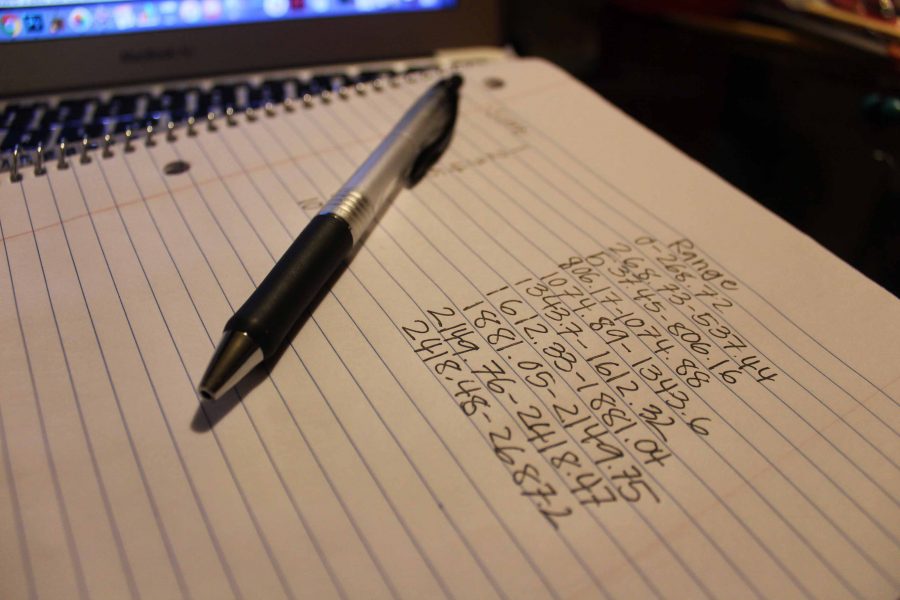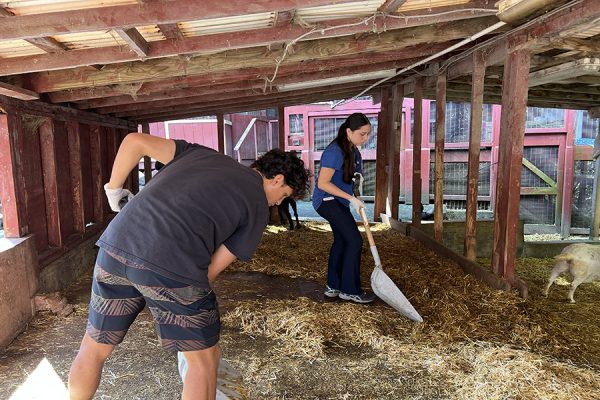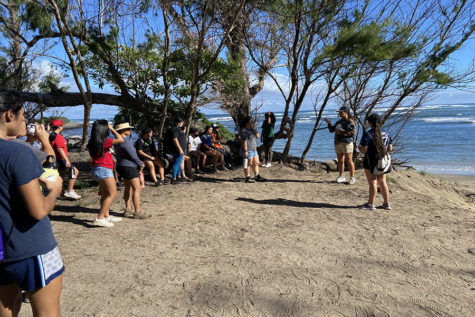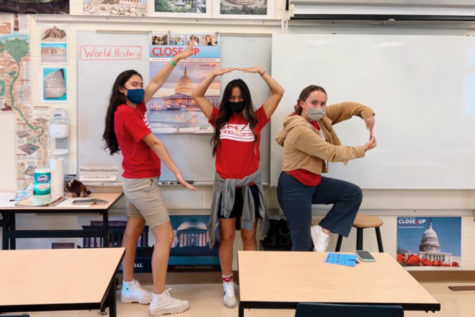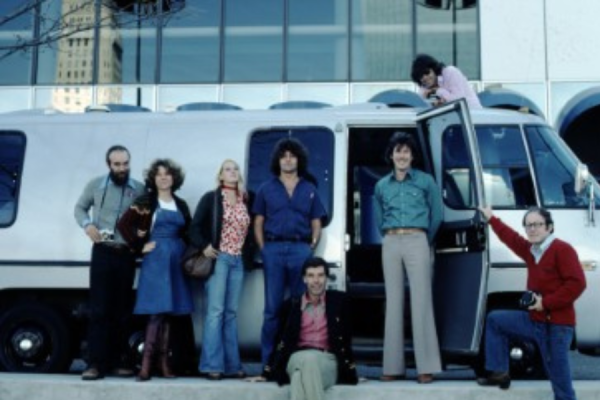Warriors battle Moody’s Mega Math Challenge
Photo by Riann Fujihara
Five juniors and five seniors participated in Moody’s Mega Math Challenge on Saturday, Feb. 25 at Kamehameha Schools Maui.
Five juniors and five seniors spent 14 hours participating in Moody’s Mega Math Challenge Feb. 25 at Kamehameha Schools Maui.
Moody’s Mega Math Challenge is a contest where 11th and 12th graders work in teams to solve a real-world problem with limited time and resources. The challenge is completely internet-based and The Moody’s Foundation awards $150,000 in scholarships to participants each year.
“The toughest part about participating in Moody’s Challenge was the time limit. We really underestimated it, and with all the math we were doing, we had to write a lot within the last hour,” junior Hunter Worth said.
Each high school is allowed to have two teams with three to five students and one teacher. The junior team consisted of Cierra Benson, Dylan Falces, Hunter Worth, Kayla Tuitele, and Austin Peters. The senior team was made up of Zachery Luis, Dorian “Kawehi” Raboy-McGowan, Brody Yamada, Jonathan Kajioka, and Brendan Otani. Mrs. Brandy Cajudoy was the coach for both teams.
The supervisor was not allowed to assist the students in any way. The junior team stayed in Mrs. Cajudoy’s room while the seniors worked in the teacher’s workroom. As soon as they logged into the site, a 14-hour countdown began.
“My seniors did it last year, so when I looked at their answer, it was very well organized. So that’s kind of a plus. But when I looked at the juniors, they had a lot of information there. It wasn’t as organized, but they had a lot of visual data,” Mrs. Cajudoy said.
Mrs. Cajudoy also provided pizza for the participants. Both the junior team and the senior team expressed the importance of taking breaks.
“Although we did spend a lot of time working and creating mathematical models, we needed some time to unwind and relieve all of this stress. We took breaks to get our minds off of the project, but we would talk about different approaches extensively as we played card games or ate food provided by Mrs. Cajudoy,” senior Brendan Otani said.
The problem this year was called “From Sea to Shining Sea: Looking Ahead with the National Park Service.” The problem was split into three parts: “Tides of Change,” “The Coast is Clear?” and “Let Nature Take Its Course?” Each team was given a lot of data, and they used that information to apply it to a real-life equation.
“I think it is the thrill of solving equations that apply to real life situations that makes math so great and enjoyable. Even though it was tough and a real challenge that had us boggled for almost 14 hours, the work paid off, and I was proud of our work, all of us were,” Otani said.
The team has a lot of time to rest up. According to the Challenge website, “After two rounds of judging by professional applied mathematicians over the next eight weeks, six finalist teams will be selected to present their solutions to a panel of mathematical experts at Moody’s Foundation headquarters in New York City on April 24. Approximately 90 teams will be recognized with team scholarship prizes, with the champion team receiving $20,000.”

